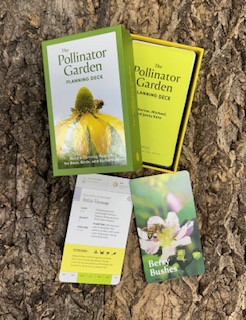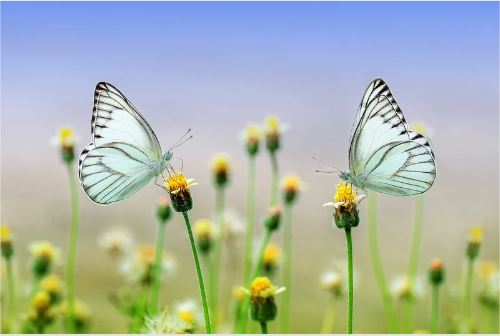It’s that time of year again gardeners! Once you finish your “honey-do” list, you can focus on how to keep your “honeybees” happy! Check out these six tips to make your friends jealous of your pollinator garden.
- Avoid double flowers
- Although they may look pretty, these flowers have very little productivity to offer your garden. Most double flowers don’t produce any seeds and lack nutritious amounts of nectars and pollens.
- Plant densely
- Grouping pollinators together, whether they are the same or different species, makes it easier on nectar seekers in their search for food.
- Leave ground covers alone
- Ground covers provide optimal protection and undisturbed ground for bees to make themselves at home!
- Be pesticide free
- Chemicals that are used to kill invaders in your garden also kill the preferred inhabitants. Avoiding pesticides allows for a more diverse group of insects to call your garden home and naturally control itself.
- Provide a water source
- Pollinators have the same living necessities as us; food, shelter, and water. Even a small water feature, such as a bowl, will suffice.
- Don’t be too tidy
- Natural debris from trees and shrubs break down naturally and provides various secure, alternative living environments.
Burger Farm will carry over 100 different perennial varieties of pollinators this spring. Need help planning out your own personal pollinator garden? Come check out “The Pollinator Garden Planning Deck” in our store. The deck contains 109 different cards showing the bloom image and information regarding soil, moisture, sun, requirements, and bloom time in addition to which pollinators benefit the most.



